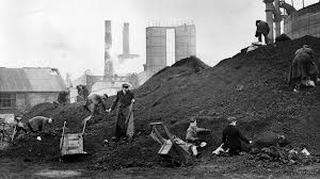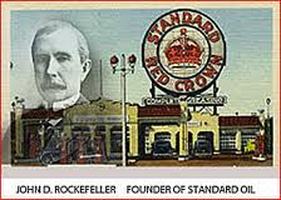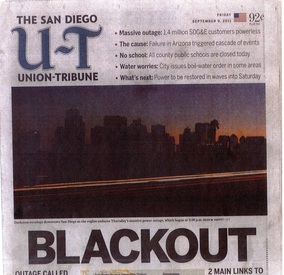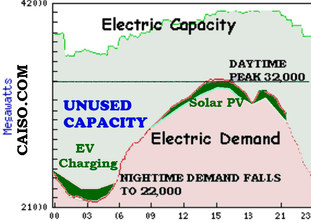

| Talbott Solar and Radiant Homes INC. |
|
 Let's take a look at some historical insight to figure how our global path dependency on oil and coal were created. Britain’s competitive advantage lied heavily on its country’s seemingly endless supply of coal that conveniently lied on or close to the surface. Coal and oil created on-demand energy in a way that was incomparable to bio-fuels. The easy accessibility of this fossil fuel made extraction and labor cheap. The science behind this natural resource is that these fossil fuels were formed from a collection of ancient sunlight, animal, and plant remains. As centuries dated our planet, the substances that we know of now as coal and oil were formed from the pressures of earth’s layers. In other words, when we started burning this natural resource to create energy, we simultaneously burned away centuries of history. However, this mentality was not present during the industrial revolution. The advantages of on-demand energy washed away any possible uncertainty. Manpower no longer was a limiting factor as people turned to coal-powered machines for inspiration. Factories boomed and the opportunity to leave the agrarian lifestyle became possible with the creation of thousands of low skill level jobs, initially within the textile and coal industry. Innovation soared, especially within the energy sector, and inventors such as Thomas Edison, creator of the light bulb, and Nikola Tesla, creator of fluorescent lighting and Alternating Current (AC) electrical power system opened up a new and brighter way of life to the world.  The 1870s marked what would be the known as second Industrial Revolution in the United States. Much like Britain’s bountiful coal supply, the USA discovered their ample supply of oil and the benefits of refining it in create power. Gone were the days where oil was nothing but a lubricant for wagon wheels. Within this discovery, John D. Rockefeller created the first oil industry, crude oil fields, and pipelines. By the 1890s, he single handedly controlled over 90% of the world’s oil companies, creating a near monopolistic oil industry. Evidently he quickly became the first oil billionaire. It became a race to produce as much energy as possible in order to produce as many factories as possible, in order to produce as many products as possible. In other words, the industrial life became a feverish snowball effect and our path dependency on nonrenewable resources was created.
2 Comments
 You abandon your car on the side of the road like dozens of others and walk out into the 95+ degree Fahrenheit (35+ degree Celsius) weather by groups of people camped out by gas stations with heat-exhausted faces. It took four hours to get home and find your significant other boiling water on the BBQ. Apparently the energy blackout affected sewage-pumping stations, making tap water unsafe to drink. Hours go by and you both decide to sleep outside to keep cool. When you wake up, electricity is back, and the realities of the energy blackout are revealed. Supermarkets were obliged to throw out tons upon tons of spoiled food products, leading to a catastrophic monetary loss. One San Diegan hospital faced life-threatening dangers when its back up energy generator took two hours to function. Convenient stores closed off service to all but four to five customers at a time to deter riots. Though this blackout lasted for 16 hours, people were on the brink of full-fledged panic. Life stood still until energy was restored. This event, known as the Great Southwest Blackout of 2011, was the largest power failure in Californian history. A procedural error made by a technician caused the line to trip, causing the entire Southwest Power line cascade to a blackout. This event shows how vulnerable the USA energy grid is, much like those of many countries, and how safeguards are not secure enough to prevent a future blackout. With this real-life narrative, it is easy to grasp the gravity of our modern day reliance on energy. Nearly every aspect of our lives is powered by energy that we most of the time, take for granted. What will you do to change this path dependency?
 An ideal and energy efficient situation would be to install radiant heating and cooling in a building, which would demand less energy from energy generation sources, in combination with a solar panel installation to meet the needs of the reduced energy demand. This reduced energy demand would allow a smaller, and less expensive solar system installation. Graph courtesy of "Driving the Future" http://www.ev1.org/pvevfact.htm
|
About the AuthorStephanie Carman Burgos, Marketing Coordinator at Talbott, is a current Cross Cultural and Sustainable Business Management Masters student at The American University of Paris. She completed her undergraduate degree at San Diego State University with a BA in International Security and Conflict Resolution: Environment and Security. Stephanie is a sustainability enthusiast and partakes in various outdoor sports in her free time. Archives
July 2014
Categories© Talbott Solar and Radiant Homes INC. 216 F Street #132 Davis, CA 95616 CSLB#: 887274 |